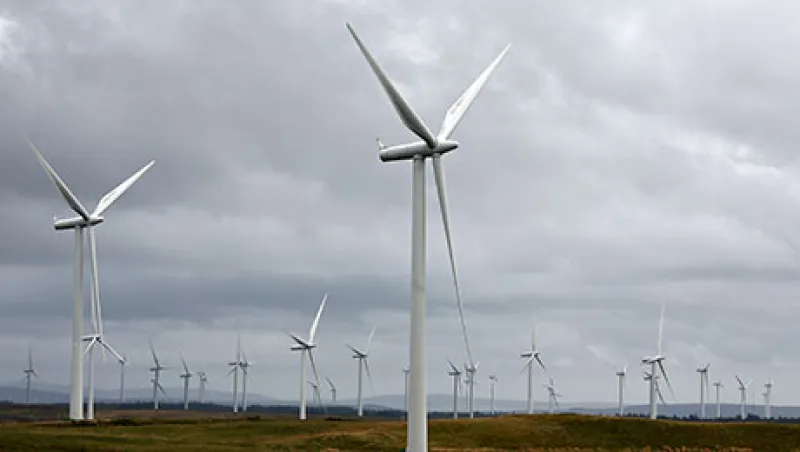
Index Rush Pushes Green Bonds Toward the Mainstream
With their recently launched indexes, three financial institutions help prime the growing market for inflows from a new group of investors.
Katie Gilbert
December 1, 2014


